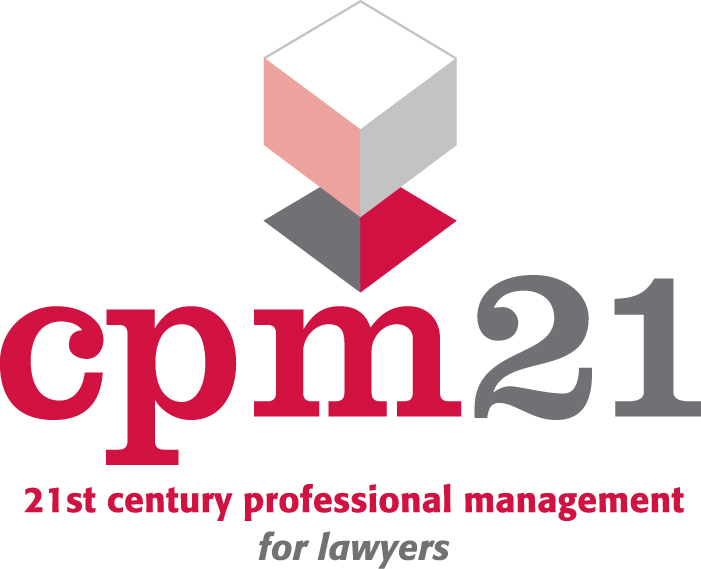Effective Supervision

In November 2022 the SRA published guidance on what they consider to constitute effective supervision in law firms.
In this article Ian Hopkins Senior Associate Consultant with cpm21 explains the main themes of the SRA guidance.
The risk-based approach to supervision
Law firms should use a risk based approach when deciding on appropriate supervision arrangements in their firm.
Who will supervise the work, how many people they will supervise, how much of each person’s work a supervisor will see, how often they will communicate, and how far supervision will take place face to face rather than remotely is for each firm to decide using a risk based approach.
Law firms should consider the circumstances of the client, the experience, competence and workload of those carrying out the work; and the capacity of the supervisor and other demands on their time when assessing the risk.
Firms should note that if they hold a Legal Aid Contract then LAA mandatory contract terms require them to comply with certain maximum supervisor to fee earner ratios and also require them to have face to face supervision meetings in certain circumstances.
Sharing the supervisory duties
The SRA guidance makes clear that supervisors do not have to be partner level – law firms should again use a risk based approach in deciding who has the requisite experience to become a supervisor at their firm.
In deciding how many supervisors are needed for an area of work law firms should consider carefully how many people each supervisor will be able to supervise effectively. If a firm’s business model is based on junior staff carrying out high risk work the firm should resource its supervision accordingly.
The guidance clarifies that a person’s supervisor may be their line manager but does not have to be. Supervision is a specific legal and regulatory requirement to ensure the appropriate delivery of legal services – while line management has a wider role including professional development and wellbeing.
Supervision applies to partners as well
Appropriate supervision should be in place for everyone in the firm, including partners and consultants as well as employees and can take place face to face or remotely depending on the risks involved and the work patterns of supervisor and supervisee.
Supervision should always include an element of direct discussion between the supervisee and supervisor as well as reviews of documents and other work done and of case files.
A supervisor should see enough of the work of those they are supervising to be satisfied that the overall quality of work is satisfactory and the risks relating to the work are being managed appropriately on a day to day basis.
Where work is high risk the supervisor might need to have some awareness of every file. Where work is broadly low risk and standardized it might be reasonable for the supervisor to see only a sample of work.
Your firm’s responsibility to ensure effective supervision
The Code of Conduct for Firms (4.3) requires law firms to have an effective system for supervising client matters.
The SRA guidance makes clear that firms should take proactive steps to make sure that supervision is working effectively, and supervisors are accountable, which will require a degree of oversight and review of the supervisory regime in place in your firm on a regular basis by your HR Manager, Practice Manager or Managing Partner.
The guidance requires firms to be able to evidence the supervision arrangements they choose for each area of work, and the risk based reasons for the approach they have taken, so the need to document your supervisory arrangements and the outcome of supervision reviews is important.
The SRA’s approach to enforcing effective supervision
The SRA identify effective supervision as playing a vital role in delivering good outcomes for clients and in maintaining public confidence in legal services.
The guidance states that a serious failure to meet the supervision requirements set out in the Code of Conduct for firms might lead to enforcement action from the SRA, even if that failure has not resulted in direct harm to clients.
In order to Illustrate the SRA’s approach two case studies are provided in the guidance where law firms failed to effectively supervise paralegals which resulted in SRA enforcement action and fines of £15,000 and £30,000 for the firms.
Ian Hopkins commented on the SRA guidance as follows:
“It’s clear from the guidance that the SRA expect all law firms to have an effective supervision regime in place and are quite prepared to act where it is not. Law firm owners have a huge challenge in balancing advising their clients, bringing in the work and running their firms and therefore need to invest in training their lawyers and provide them with the skills to become supervisors and line managers, thereby spreading the supervisory workload.”
If you would like to discuss any of the themes raised in this article please contact Ian Hopkins, Wayne Williams or Paul Jones of cpm21.




